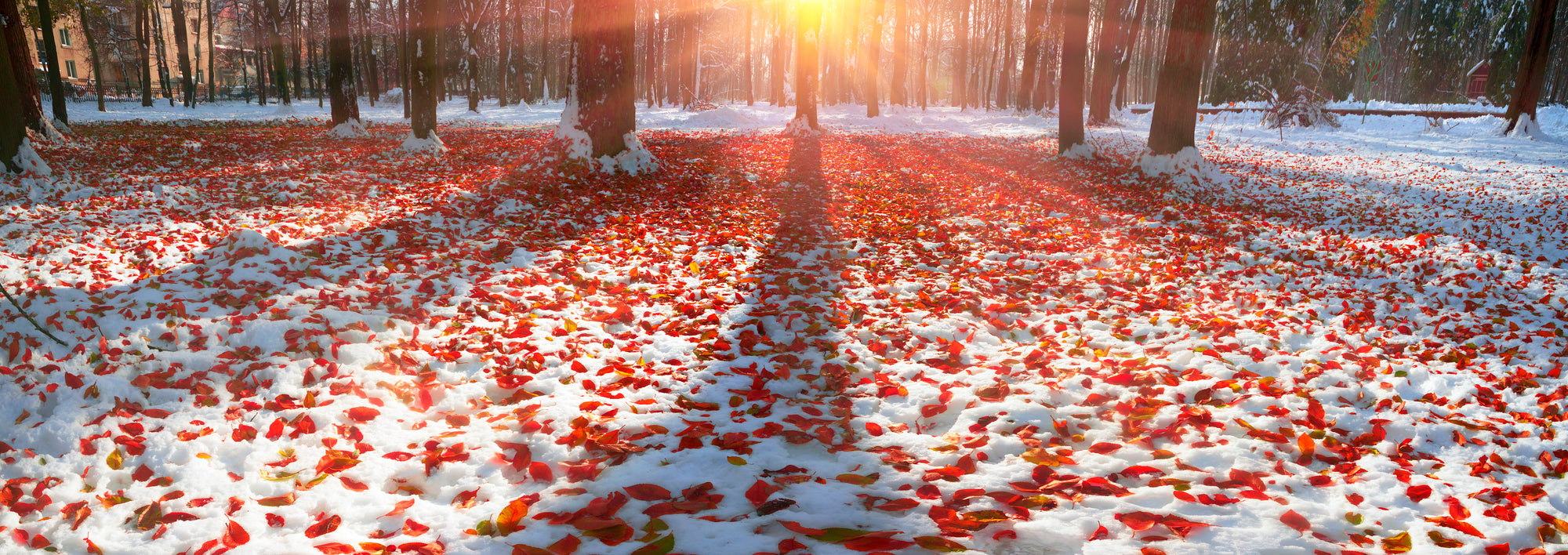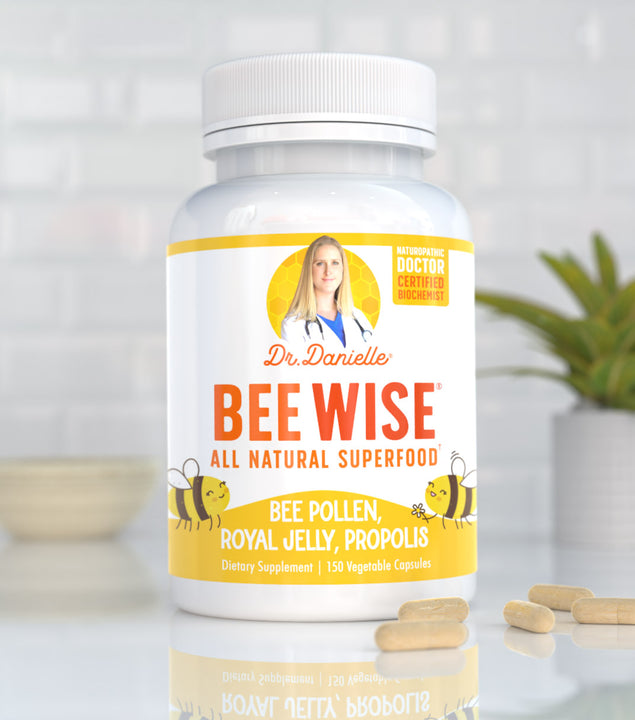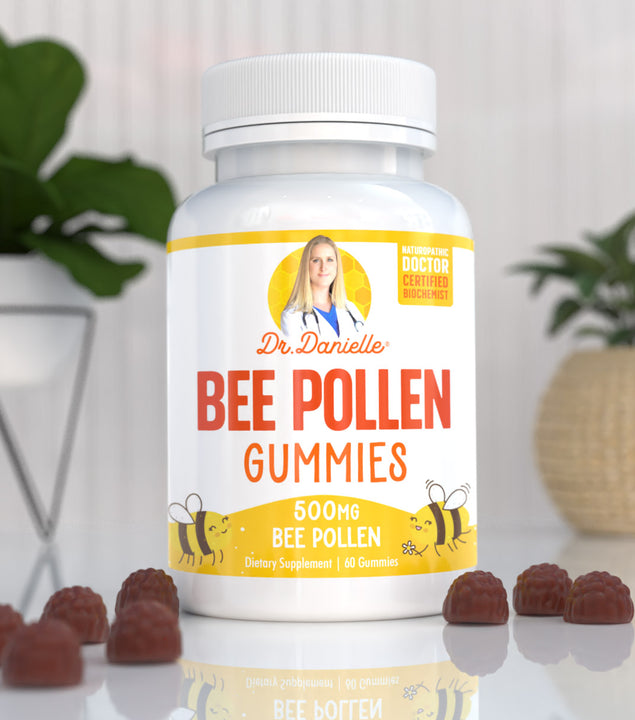It happens every year–and still, it’s a shock to the system every year. Nature throws itself a final, glorious party for the year; every tree in the neighborhood is ablaze with streaks of orange. And soon, the appearance of iced peppermint mocha on Starbucks’ menu is a sign of what's to come: the long, blustery cold, dark days of winter. Sounds depressing? Well, Christmas is undoubtedly that for the roughly 6% of Americans suffering from Seasonal Affective Disorder (colloquially termed seasonal depression) (1). And if you find yourself getting more sluggish and less motivated as the days get shorter and colder? You may be a part of this statistic.
Now, the word ‘depression’ may sound scary–but the truth is that seasonal depression isn’t typically as intense or debilitating as clinical depression. Even better: it appears that there are a few steps you can take on your own to keep your mood and motivation steady throughout the year. Let’s explore.
What is Seasonal Depression?

Seasonal depression is clinically known as Seasonal Affective Disorder (SAD, which is aptly termed). It's a type of depression that occurs each year at the same time, typically starting in fall, worsening in winter, and ending with the arrival of spring (2, 3). There is a broad spectrum of SAD symptoms. The most common include: a persistent low mood, a loss of pleasure or interest in everyday activities, feeling irritable, low self-esteem, stress, diminished sex drive, and even reduced sociability.
What’s the Link Between Winter and Seasonal Depression?

Although researchers are still unsure of the exact cause of seasonal depression, evidence strongly suggests that it is set off by changes in sunlight availability (i.e. during winter, where the days get shorter) (4). One theory is that the reduced exposure to sunlight wreaks havoc on the internal biological clock, which regulates mood, sleep, and hormones. Accordingly, experts believe that exposure to light may reset the biological clock–and resolve seasonal depression. On the other hand, another theory is that the lack of sunlight may cause increased levels of melatonin and decreased levels of serotonin. And this neurotransmitter imbalance then creates the biological conditions linked to depression.
Either way… It's established that people who live in parts of the country with long winter nights and less sunlight are more likely to experience seasonal depression. For example, it's more common in the northern US (e.g. New York) than in southern states (e.g. Florida).
How to Beat Seasonal Depression Naturally

Seasonal depression can be treated in the same manner as major depression: counseling, therapy, and anti-depressants (when necessary). But what if your schedule doesn't allow for these sessions? Or if you don't want to be on medication because of possible side effects? Don’t worry. Here’s how to conquer seasonal depression–naturally.
#1 – Eat A Balanced Diet

Various studies have found that individuals suffering from seasonal depression tend to eat more carbohydrate-rich foods, especially sweets and starchy foods (5). Worryingly, evidence suggests that the roller coaster of high blood sugar followed by a crash–as is characterized by the frequent consumption of the above-listed foods–may accentuate the symptoms of mood disorders (6). More specifically, research has tied sugar consumption to an increased risk of depression and worsened outcomes in individuals with schizophrenia (7, 8).
What does this mean for you? To beat the effects of seasonal depression, do cut down on your consumption of carbohydrate-rich foods. Eat more fruits and vegetables. These foods have been found to boost our happiness far more quickly than it improves physical health (9).
#2 – Place More Emphasis On Vitamin D
Over the winter months, as you get less and less sunlight, your body also naturally produces less vitamin D. This is worrying. Why? Because research suggests that we need to get enough vitamin D in our bodies–be it naturally or through dietary means–to prevent and manage depression (10). And that means that you'll need to make sure you're eating more vitamin D to offset the reduction from a lack of sunlight exposure. Luckily, it's not a challenge to do so. Vitamin D is found in many foods, like salmon, eggs, and mushrooms, which you can easily incorporate into your daily meals.
As for how much vitamin D, exactly, you need to eat for the prevention of seasonal depression? According to various studies: an average daily intake of 1000 to 4000 IU should be adequate (11, 12, 13, 14).
#3 – Chase That Light
As mentioned earlier, seasonal depression strikes when there's a shortage of natural light during winter. So it stands to reason that soaking in sunlight–whenever possible–can help lift you from your seasonal despair (15). The natural light may boost your levels of serotonin, a mood-regulating neurotransmitter. Don't feel like heading out into the harsh cold every day for some sunshine?
Well, there’s also the option of a light therapy box (16). Just do a quick Google search, and you’ll find that there are many bright-light-emitting lamps and light boxes available on the market for this purpose. Sit in front of it for 20 to 60 minutes when you’re getting ready to start the day; it’s best to use it in the morning to sync with your biological clock. But, of course, if that doesn’t work with your schedule, any time will suffice. Although… It’s still best to avoid exposing yourself to light right before bed, as the light can make it challenging for you to fall asleep.
#4 – Make An Effort To Stay Active

Here's something interesting. There's research to show that it may be possible to outrun depression (17). And when you think about it, this makes perfect sense. Exercise has been shown to benefit mood for years. There are many theories as to why physical activity improves mood: it raises levels of 'feel-good' neurotransmitters (e.g. endorphins and dopamine) in the brain, it promotes the growth of brain cells, and it may have a meditative effect. Ultimately, one thing is clear. If you want to steer clear of seasonal depression's nasty effects, sticking to a regular workout routine is critical. Even better when you combine it with light exposure.
#5 – Consider Aromatherapy

Just so you know, aromatherapy is the use of essential oils–made from various plant parts, such as roots, seeds, leaves, and blossoms–to improve your mood, mental state, or health. While experts aren’t sure of how aromatherapy works, it has been established that the chemicals in essential oils might trigger the smell receptors in the nose that send messages to the part of the brain that controls mood. For example, a 2009 review published in the Journal of Alternative and Complementary Medicine highlighted that aromatherapy might help relieve depressive symptoms (18). A 2015 study published in the Journal of Natural Medicines found that the essential oils from the poplar tree could alleviate depressive disorders (19).
So, the next time you find yourself struggling with the winter blues, it may be worthwhile for you to add a few drops of your favorite essential oils to your bath at night to help you relax.
#6 – Set A Schedule and Stick To It
The winter months can do some serious damage to your daily routine–especially since it's the holiday season, and deadlines appear to be a thing of the past. But the truth is that sticking to a regular daily rhythm (i.e. being active in the day and sleeping at night) can improve mood and reduce the risks of developing depressive disorders.
For example, a 2018 study published in The Lancet Psychiatry found that people who favor an active daytime routine over nighttime have healthier sleeping cycles. And this, in turn, is consequently associated with better mental health and reduced risk of developing emotional difficulties. In contrast, those with an interrupted sleep cycle have a higher predisposition to manifest mental health difficulties (i.e. seasonal depression) (20). Accordingly, when it comes to how to ease seasonal depression, you’ll want to keep a regular schedule that’ll expose you to light at consistent and predictable times. Of course, you can use a light therapy box as and when needed.
#7 – Reach Out To Friends and Family

It's understandably challenging to muster up the desire to be around people when you're feeling down. But the truth is that socializing–especially with friends and family–is vital when it comes to how to fight off seasonal depression. It's been shown to help improve mood and alleviate depressive symptoms. Studies have shown that social interaction can cause your body to produce dopamine, which gives you a high and kills pain; think of it like naturally-produced morphine (21, 22, 23). So… It's time to pull up that Google calendar and make those appointments! There's no better time then now.

Ultimately, remember that there are many natural options available for the management and treatment of seasonal depression. There's no need to tough it out. Try these strategies out, and hopefully you'll be back to your usual cheery self in no time without even having to wait for the snow to melt.
It is important to note that depression is serious and treatment with a mental health care professional and medications may be necessary. Never feel ashamed to reach out or get help. You are worth it!









1 comment